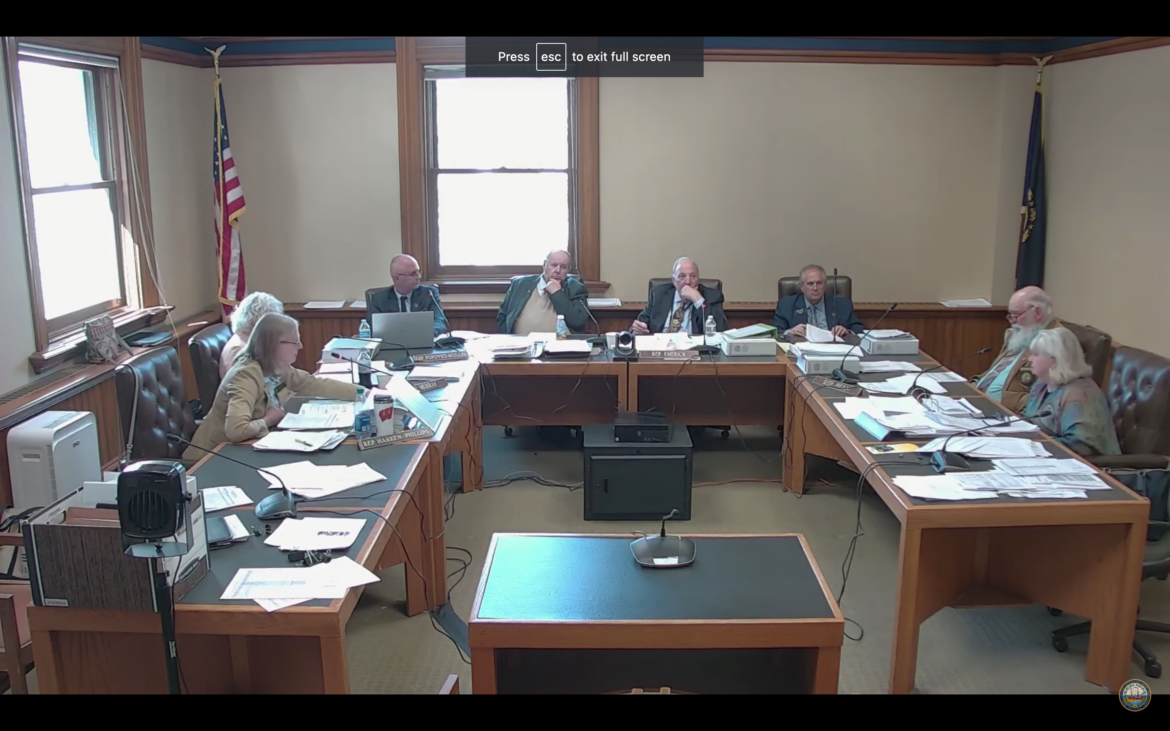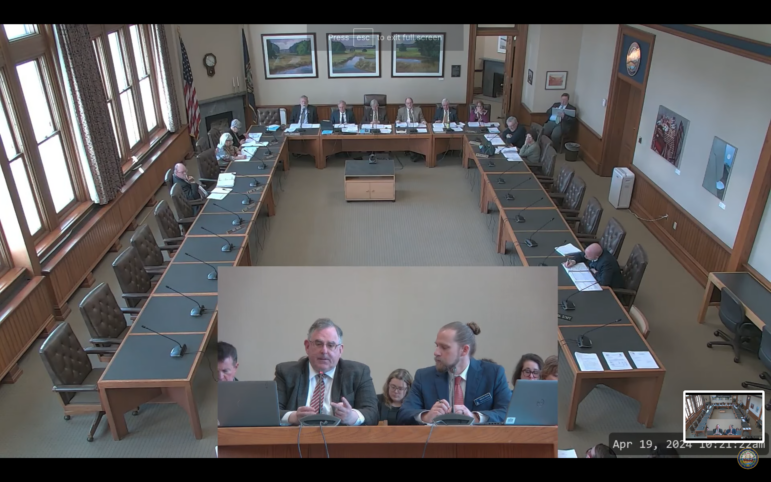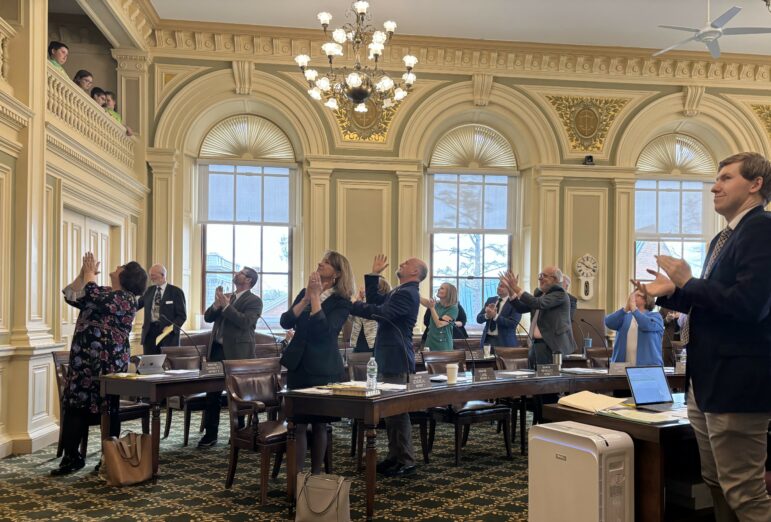By GARRY RAYNO, InDepthNH.org
CONCORD — Doubling the money for the Education Freedom Account program could cost Democratic support of the proposed biennial budget House members will vote on in two weeks.
Democrats on Division II of the House Finance Committee sought to change the $30 million allocated for each year of the upcoming biennium in the proposed budget.
The $30 million was requested by Education Commissioner Frank Edelblut and was included in Gov. Chris Sununu’s budget proposal he unveiled last month.
The increase in funding would be needed in the budget section of the two-bill budget package, because the program would be expanded in the section — House Bill 2 — that changes state law to reflect the numbers.
The bill includes a number of changes to the program’s eligibility as well as changing state law to allow the Education Trust Fund money to be used for EFA grants.
The provisions are in bills already passed by the House, but not acted on in the Senate.
At Tuesday’s meeting of Division II, Rep. Mary Hakken-Phillips, D-Hanover, told the Republicans on the subcommittee the increase to $60 million for the EFA program over the biennium “is a nonstarter for our caucus.”
She said there is also grave concern about the 10 percent overhead going to the Children’s Scholarship Fund NH, which manages and administers the program, as well as the need for more guardrails and greater safety.
“If you are intending to push this across the line,” Hakken-Phillips said, “it will be very difficult (for our caucus) on that point alone.”
She suggested cutting the appropriation $10 million a year and using the $20 million to help fund new building projects under the state building aid program.
Sununu proposed using $75 million from the Education Trust Fund in the second year of the biennium to boost the school building aid program, but the division decided to delete that from the budget.
The moratorium on school building aid put so many districts in line for state aid, Hakken-Phillips noted, that allocating $20 million would benefit students across the state.
“This would be a wonderful opportunity to compromise,” Hakken-Phillips said, “to find people on both sides of the aisle who want to move forward.”
Division chair Rep. Tracy Emerick, R-Hampton, said the 10 percent does sound like a lot of money, but the managing organization has to account for its time and does not just receive the 10 percent for managing the program.
Rep. Mary Heath, D-Manchester, said she understood the 10 percent was seen as start-up money and believes the rate ought to be reduced to 7 percent.
“Selling this budget (to our caucus would be easier) if we increase building aid by $20 million and reduce EFAs by $20 million,” Heath said. “That would be significant.”
And she noted there is no fiscal note from the Department of Education, instead the department said the number of students in the program in the next two years is indeterminate, she noted.
And she said, like adequacy grants for regular schools and per pupil grants to charter schools, the EFA grants would have to be paid even if it is over budget.
Rep. Daniel Popovico-Muller, R-Windham, said cutting the money for EFAs would not accomplish anything.
The $30 million a year is the best estimate right now although the department’s estimates have not been very accurate, he noted.
Changing the number would risk not having money for the expenditures you need and cause a potential budget overage, he said.
But Rep. Kate Murray, D-New Castle, asked what was the measure for the $30 million a year estimate. “We did not get an answer from the commissioner,” Murray said. “The estimate is just a guess and not based on anything.”
The committee voted 4-4 on the motion to cut the appropriation by $10 million a year so it failed.
Under the provisions in House Bill 2, the program’s limit on a parent’s income would increase from about $90,000 for a family of four a year to $105,000.
The bill would also open the program to a child in foster care, or who is homeless or disabled, or has an educational hardship; or his or her parents travel for work like farm workers, are in the armed services or National Guard; or in a school in need of improvement under the No Child Left Behind Act or is designated as persistently dangerous; or if a child qualifies for the free or reduced lunch program.
The bill also changes the Education Trust Fund law to allow the money to be used for the EFA program, although the use is challenged in a lawsuit claiming it is currently illegal in law and unconstitutional.
A proposed change in the constitution will be up for a vote this week, but is unlikely to achieve the 60 percent majority needed to move to the Senate in an almost evenly divided House.
The controversial EFA program has been called one of the most expansive in the country and has grown much quicker than education officials and supporters envisioned. They predicted it would cost $3.3 million this biennium, when the cost is approaching $24 million.
About 75 percent of the money is used to subsidize tuition to private and religious schools for students who attended those schools before the program began as well as homeschool costs for students already in that environment.
The program was sold as an alternative for low-income parents to provide the best learning environment for their child outside public schools although those students leaving public schools for alternative learning programs is about a quarter of the students in the program.
The budget package which is being finalized this week in House Finance, will be presented to House members before a vote the first week of April.
Garry Rayno may be reached at garry.rayno@yahoo.com.





